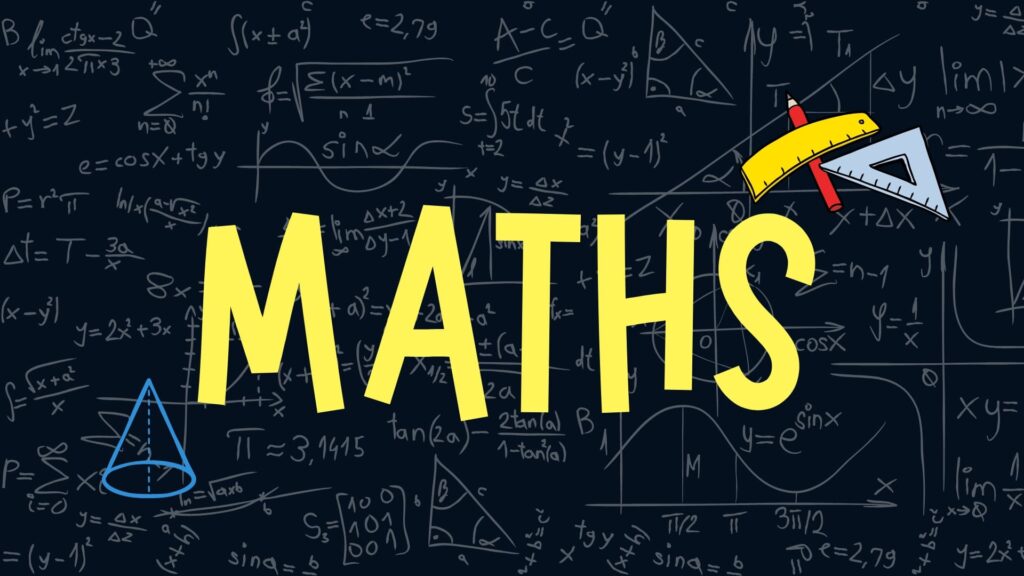Important questions for Class 9 Maths Chapter 2 Polynomials are provided here to help the CBSE students score well in their Class 9 Maths exam. The practice questions given here from polynomials chapter (NCERT) will help the students to create a better understanding of the concepts and, thus, develop their problem-solving skills.
Students can find the CBSE Class 9 Important questions from Chapter 2 Polynomials of the subject Maths here. These questions help students to be familiar with the question types and thus face the exam more confidently.
Important Polynomials Questions For Class 9- Chapter 2 (With Solutions)
Some important questions from polynomials are given below with solutions. These questions will help the 9th class students to get acquainted with a wide variety of questions and develop the confidence to solve polynomial questions more efficiently.
1. Give an example of a monomial and a binomial having degrees of 82 and 99, respectively.
Solution:
An example of a monomial having a degree of 82 = x82
An example of a binomial having a degree of 99 = x99 + x
2. Compute the value of 9x2 + 4y2 if xy = 6 and 3x + 2y = 12.
Solution:
Consider the equation 3x + 2y = 12
Now, square both sides:
(3x + 2y)2 = 122
=> 9x2 + 12xy + 4y2 = 144
=>9x2 + 4y2 = 144 – 12xy
From the questions, xy = 6
So,
9x2 + 4y2 = 144 – 72
Thus, the value of 9x2 + 4y2 = 72
3. Find the value of the polynomial 5x – 4x2 + 3 at x = 2 and x = –1.
Solution:
Let the polynomial be f(x) = 5x – 4x2 + 3
Now, for x = 2,
f(2) = 5(2) – 4(2)2 + 3
=> f(2) = 10 – 16 + 3 = –3
Or, the value of the polynomial 5x – 4x2 + 3 at x = 2 is -3.
Similarly, for x = –1,
f(–1) = 5(–1) – 4(–1)2 + 3
=> f(–1) = –5 –4 + 3 = -6
The value of the polynomial 5x – 4x2 + 3 at x = -1 is -6.
4. Calculate the perimeter of a rectangle whose area is 25x2 – 35x + 12.
Solution:
Given,
Area of rectangle = 25x2 – 35x + 12
We know, area of rectangle = length × breadth
So, by factoring 25x2 – 35x + 12, the length and breadth can be obtained.
25x2 – 35x + 12 = 25x2 – 15x – 20x + 12
=> 25x2 – 35x + 12 = 5x(5x – 3) – 4(5x – 3)
=> 25x2 – 35x + 12 = (5x – 3)(5x – 4)
So, the length and breadth are (5x – 3)(5x – 4).
Now, perimeter = 2(length + breadth)
So, perimeter of the rectangle = 2[(5x – 3)+(5x – 4)]
= 2(5x – 3 + 5x – 4) = 2(10x – 7) = 20x – 14
So, the perimeter = 20x – 14
5. Find the value of x3 + y3 + z3 – 3xyz if x2 + y2 + z2 = 83 and x + y + z = 15
Solution:
Consider the equation x + y + z = 15
From algebraic identities, we know that (a + b + c)2 = a2 + b2 + c2 + 2(ab + bc + ca)
So,
(x + y + z)2 = x2 + y2 + z2 + 2(xy + yz + xz)
From the question, x2 + y2 + z2 = 83 and x + y + z = 15
So,
152 = 83 + 2(xy + yz + xz)
=> 225 – 83 = 2(xy + yz + xz)
Or, xy + yz + xz = 142/2 = 71
Using algebraic identity a³ + b³ + c³ – 3abc = (a + b + c)(a² + b² + c² – ab – bc – ca),
x3 + y3 + z3 – 3xyz = (x + y + z)(x² + y² + z² – (xy + yz + xz))
Now,
x + y + z = 15, x² + y² + z² = 83 and xy + yz + xz = 71
So, x3 + y3 + z3 – 3xyz = 15(83 – 71)
=> x3 + y3 + z3 – 3xyz = 15 × 12
Or, x3 + y3 + z3 – 3xyz = 180
6. If a + b + c = 15 and a2 + b2 + c2 = 83, find the value of a3 + b3 + c3 – 3abc.
Solution:
We know that,
a3 + b3 + c3 – 3abc = (a + b + c)(a2 + b2 + c2 – ab – bc – ca) ….(i)
(a + b + c)2 = a2 + b2 + c2 + 2ab + 2bc + 2ca ….(ii)
Given, a + b + c = 15 and a2 + b2 + c2 = 83
From (ii), we have
152 = 83 + 2(ab + bc + ca)
⇒ 225 – 83 = 2(ab + bc + ca)
⇒ 142/2 = ab + bc + ca
⇒ ab + bc + ca = 71
Now, (i) can be written as
a3 + b3 + c3 – 3abc = (a + b + c)[(a2 + b2 + c2 ) – (ab + bc + ca)]
a3 + b3 + c3 – 3abc = 15 × [83 – 71] = 15 × 12 = 180.
7. If (x – 1/x) = 4, then evaluate (x2 + 1/x2) and (x4 + 1/x4).
Solution:
Given, (x – 1/x) = 4
Squaring both sides we get,
(x – 1/x)2 = 16
⇒ x2 – 2.x.1/x + 1/x2 = 16
⇒ x2 – 2 + 1/x2 = 16
⇒ x2 + 1/x2 = 16 + 2 = 18
∴ (x2 + 1/x2) = 18 ….(i)
Again, squaring both sides of (i), we get
(x2 + 1/x2)2 = 324
⇒ x4 + 2.x2.1/x2 + 1/x4 = 324
⇒ x4 + 2 + 1/x4 = 324
⇒ x4 + 1/x4 = 324 – 2 = 322
∴ (x4 + 1/x4) = 322.
8. Find the values of a and b so that (2x3 + ax2 + x + b) has (x + 2) and (2x – 1) as factors.
Solution:
Let p(x) = 2x3 + ax2 + x + b. Then, p( –2) = and p(½) = 0.
p(2) = 2(2)3 + a(2)2 + 2 + b = 0
⇒ –16 + 4a – 2 + b = 0 ⇒ 4a + b = 18 ….(i)
p(½) = 2(½)3 + a(½)2 + (½) + b = 0
⇒ a + 4b = –3 ….(ii)
On solving (i) and (ii), we get a = 5 and b = –2.
Hence, a = 5 and b = –2.
9. Check whether (7 + 3x) is a factor of (3x3 + 7x).
Solution:
Let p(x) = 3x3 + 7x and g(x) = 7 + 3x. Now g(x) = 0 ⇒ x = –7/3.
By the remainder theorem, we know that when p(x) is divided by g(x) then the remainder is p(–7/3).
Now, p(–7/3) = 3(–7/3)3 + 7(–7/3) = –490/9 ≠ 0.
∴ g(x) is not a factor of p(x).
10. Factorise x2 + 1/x2 + 2 – 2x – 2/x.
Solution:
x2 + 1/x2 + 2 – 2x – 2/x = (x2 + 1/x2 + 2) – 2(x + 1/x)
= (x + 1/x)2 – 2(x + 1/x)
= (x + 1/x)(x + 1/x – 2).
11. Factorise x2 – 1 – 2a – a2.
Solution:
x2 – 1 – 2a – a2 = x2 – (1 + 2a + a2)
= x2 – (1 + a)2
= [x – (1 – a)][x + 1 + a]
= (x – 1 – a)(x + 1 + a)
∴ x2 – 1 – 2a – a2 = (x – 1 – a)(x + 1 + a).


![NCERT Books for Class 9 Science [2023 -24 Edition Revised Syllabus] PDF Download](https://cbsejeeneet.com/wp-content/uploads/2023/07/WhatsApp-Image-2023-07-17-at-14.06.59-1024x575.jpg)
